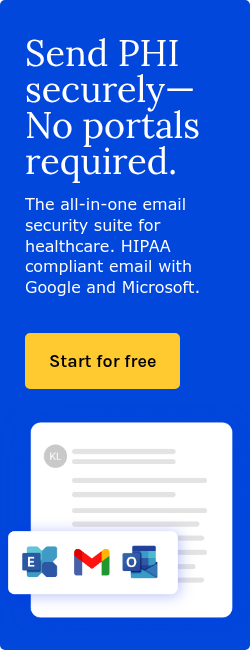
Patients are busy, and lengthy surveys can feel like a chore rather than an opportunity to share their opinions. This is why organizations should respect patient's time while collecting meaningful data. Each question should serve a purpose, directly relating to the patient’s experience without overwhelming them with unnecessary details. Factors like using the right questions and choosing the right method to share surveys allow organizations to maximize engagement.
How does the length of a survey impact patient participation?
Research shows that shorter surveys tend to yield higher response and completion rates compared to longer ones. For example, a regression analysis published in Sage Journals demonstrates how the completion rate decreases when the number of questions, pages, or words increases. Long surveys can lead to participant fatigue, resulting in incomplete responses or hurried answers as respondents attempt to finish quickly. The phenomenon is known as “satisficing” and occurs when participants speed through questions without fully considering their answers. If patients perceive a survey as overly long or burdensome they may also choose not to participate at all.
How to create questions to keep patients engaged
- Use clear and straightforward language to ensure questions are easy to understand.
- Avoid medical jargon that may confuse patients and lead to disengagement.
- Keep questions concise to respect patients' time and encourage completion.
- Incorporate a mix of question types, including closed-ended, open-ended, and rating scales, to maintain interest.
- Focus on the patient’s perspective by asking about their specific experiences and feelings.
- Personalize questions when possible to make them relevant to each patient's situation.
- Use engaging formats, such as visual elements or interactive features, to enhance the survey experience.
- Ensure that questions are relevant to the patient's recent visit or treatment for better context.
- Provide a compelling reason for patients to participate by explaining how their feedback will be used.
- Test the survey with a small group of patients first to identify any confusing or boring elements before wider distribution.
How to use email to administer surveys at the point of care
Nearly everyone has an email account making it the best way to reach a broad audience without geographic limitations. The method allows healthcare providers to distribute surveys quickly and cost-effectively, eliminating the need for in-person interactions and physical materials. The use of HIPAA compliant email platforms like Paubox also allows organizations to easily create surveys from which data can be effectively collected.
FAQs
What are some best practices for creating personalized surveys?
Best practices include:
- Keeping questions concise
- Using conditional logic to tailor follow-up questions based on previous answers
- Using personalized greetings or thank-you messages.
How can behavioral insights enhance survey personalization?
Behavioral insights, such as purchase history or website interaction patterns, allow organizations to customize survey questions based on individual experiences, leading to more meaningful feedback.
What role does conditional logic play in personalized surveys?
Conditional logic enables surveys to adapt in real time based on previous answers, allowing for a more tailored experience that keeps respondents engaged and provides relevant follow-up questions.
Subscribe to Paubox Weekly
Every Friday we'll bring you the most important news from Paubox. Our aim is to make you smarter, faster.




